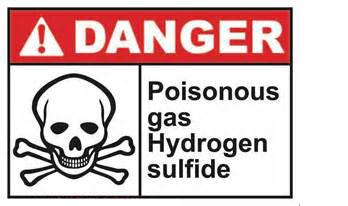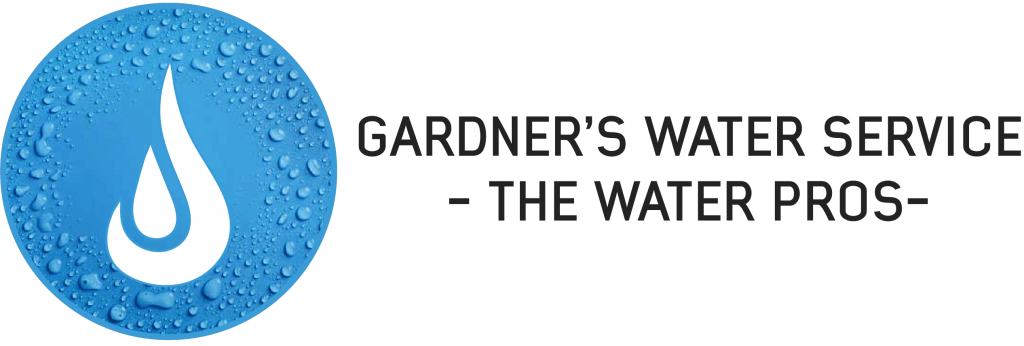- Home
- / Pages
Sulfate Filtration
Sulfate Filtration
Hydrogen sulfide is a gas that is produced naturally by decomposing organic material and sulfur-reducing bacteria. Hydrogen sulfide gives water a nuisance “rotten egg” smell and taste. While there is no federal drinking water quality standard set for hydrogen sulfide in water, water supplies with 1.0 milligram per liter (parts per million) of hydrogen sulfide may be corrosive and tarnish copper and silverware. Sulfides can also produce yellow or black stains on kitchen and bathroom fixtures and can affect the appearance and taste of some foods and beverages.

Treatment options for hydrogen sulfide include aeration, granular activated carbon filtration, and shock (or possible continuous) chlorination to kill the sulfur-producing bacteria. Sulfates are part of naturally occurring minerals contained within soil and rock formations. As water percolates down through the soil, these minerals can dissolve releasing sulfates into groundwater.
Treatment options for sulfates include reverse osmosis, distillation, and ion exchange. The Secondary Maximum Contaminant Level (SMCL) for sulfate in drinking water is 250 milligrams per liter (parts per million) as established by the EPA. Note that the SMCL is a recommended maximum concentration as opposed to a required maximum concentration.
Potential Health Effects
Hydrogen sulfide gas is flammable and poisonous at high concentrations. Build up of hydrogen sulfide concentrations in a confined area has been known to cause adverse health effects in workers. However the nose is very sensitive to the foul odor of hydrogen sulfide and under normal environmental conditions, this early warning provides protection from even mild health effects such as irritation.
Water with dissolved hydrogen sulfide gas alone does not cause disease. In rare cases, however, hydrogen sulfide odor may be from sewage pollution that can contain disease-causing contaminants. Therefore, arrange to test the water for bacterial contamination if sewage is the likely source of hydrogen sulfide. You may also want to conduct a detergent test if sewage contamination is suspected.


